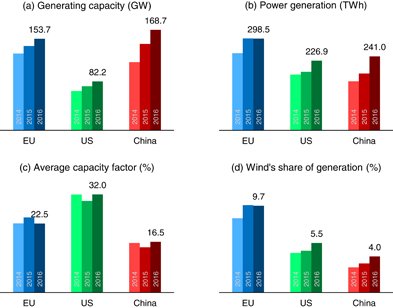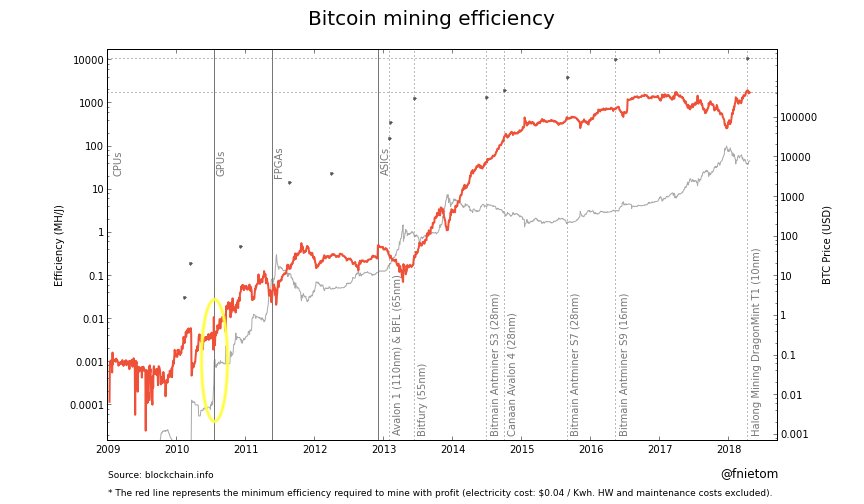Growing RPS target + Fixed lowish cost cap = Gimmick
Tell me where I'm wrong
1/19
P1. Just for simplicity's sake, assume that independent variables like load demand, $ per MWh cost of various types of generation remain flat over time.
(A) becomes profitable to build w/out subsidies; or
(B) becomes unprofitable to build even if subsidy approaches ACP,
Growing RPS target has generated REC supply growing more or less equal w/ growing target, & value of each REC steadyish.
njleg.state.nj.us/2018/Bills/S25…
[ACP x REC obligation] ≤ Cost Cap 👉 ACP controls individual REC value ceiling, Cap inactive
[ACP x REC obligation] > Cost Cap 👉 Cap controls individual REC value ceiling, ACP inactive
Here's why...
ACP = $50, so $2.5B cap based on ACP x REC obligation. OK, on to cost caps...







